Travelers who want to discover Mother Nature’s beauty have a bounty of places to choose from, as the best national parks in the world run the gamut from New Zealand’s glacier-carved valleys and fjords to Brazil’s tropical rainforests and pristine beaches.
These breathtaking natural wonders are some of the world’s most spectacular travel destinations, and thanks to government legislation around the world, these protected swaths of land will hopefully continue to flourish for centuries to come.
For those interested in exploring the world’s best national parks, the list below includes some of the most stunning destinations on planet Earth.
1: El Yunque National Park, Puerto Rico
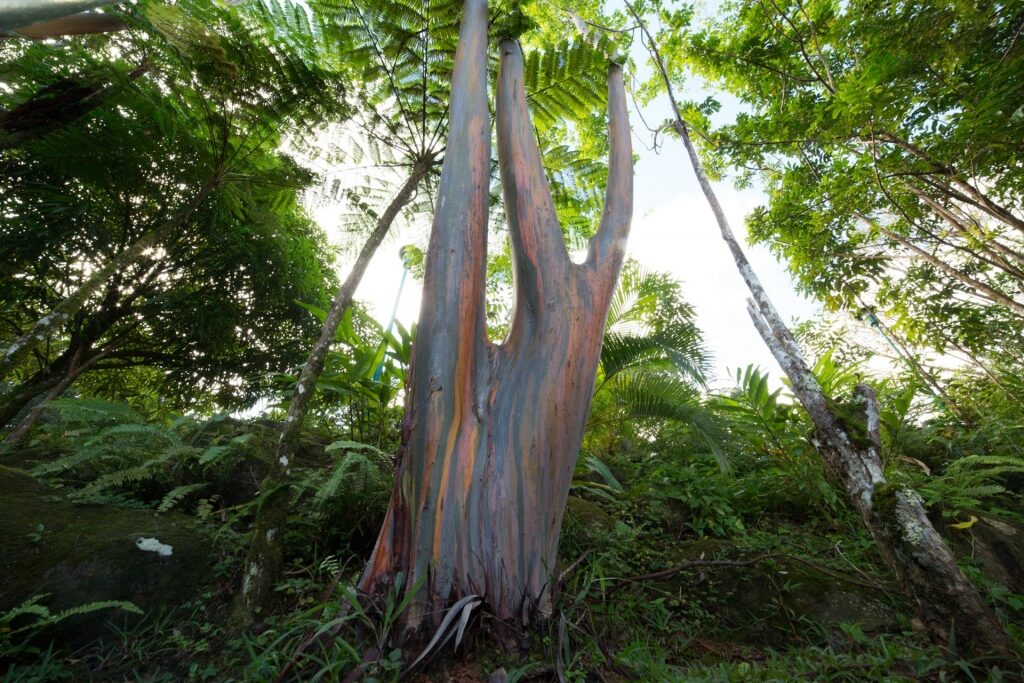
El Yunque National Rainforest, Puerto Rico
El Yunque is the only tropical rainforest in the United States. Located only about 45 minutes from the capital of San Juan, El Yunque includes scenic trails that lead through jungle terrain and hidden waterfalls.
Keep your eyes open and try to spot some 250 native plant and animal species along the way. Also, consider taking the Angelito Trail, a half-mile walk that finishes at a natural swimming hole, which makes for the quintessential jungle adventure.
2: Pigeon Island National Park, St. Lucia
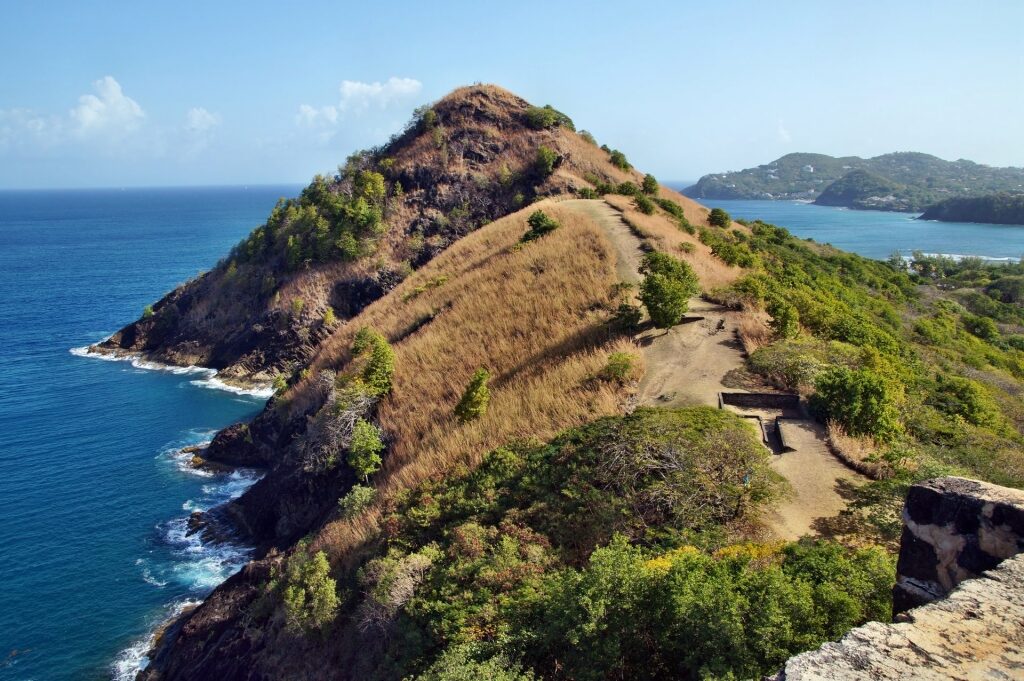
Pigeon Island National Park, St. Lucia
If you love to capture stunning landscapes while on vacation, head to Pigeon Island National Park while in St. Lucia. The park is a 44-acre peninsula that offers fantastic views of mainland St. Lucia and its signature pitons, the two conical mountains that dominate the island’s landscape. (The largest is Gros Piton; the smaller is Petit Piton.)
In the park, you can see the remains of Fort Rodney, a key site in the century-long battle between the English and French over control of the island. You can also explore the history museum or snorkel and swim from one of the peninsula’s many beach coves.
Pigeon Island National Park can be reached by driving or walking across the causeway. But if you’re staying anywhere on the coast, you may want to board a catamaran cruise and sail towards the park for an added touch of luxury.
3: Lac Bay National Park, Bonaire
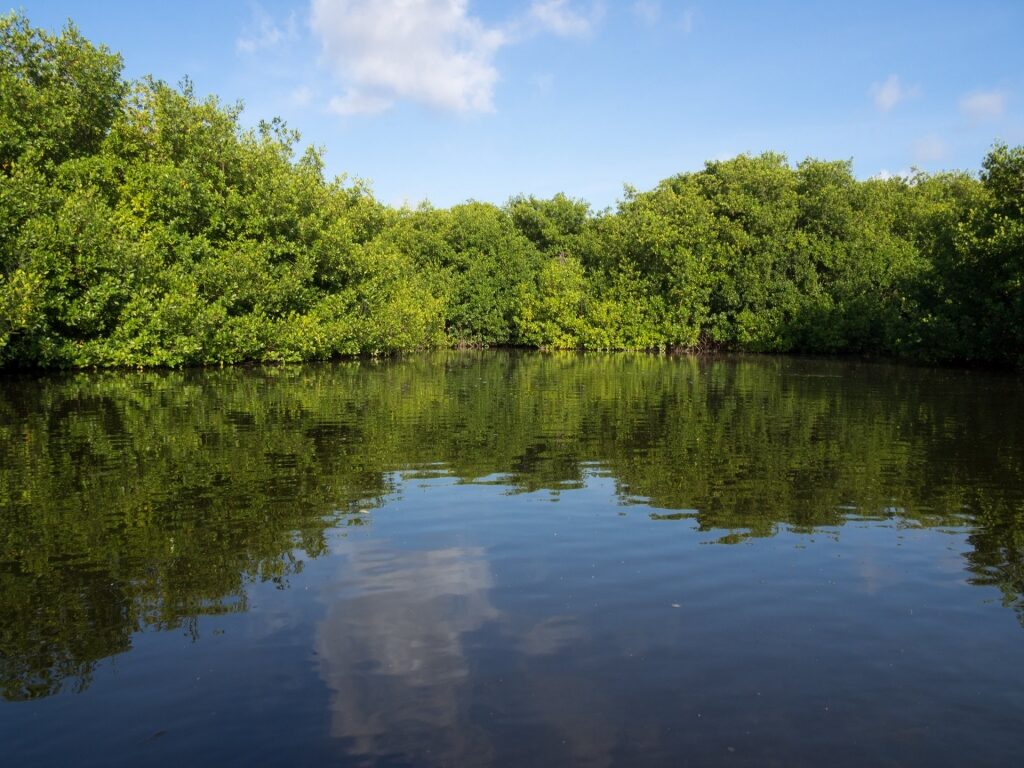
Lac Bay National Park, Bonaire
Bonaire may be known for its reefs and underwater attractions, but Lac Bay National Park protects the island’s best resources on land, including mangrove forests and endangered seabirds.
The bay covers more than 5,000 acres, split between the ocean and mangroves. The best way to see the forest is on a kayak tour with a guide to help you identify the fish and birds you’ll see along the way.
Lac Bay is also a popular place for windsurfing—one of the best things to do in Bonaire—since the gentle breezes and shallow water create the perfect conditions for first-timers. On the park’s outskirts are a few colorful beach bars where you can grab lunch, take a windsurfing lesson, or relax on a floating lounge chair.
4: Kenai Fjords National Park, Alaska, USA
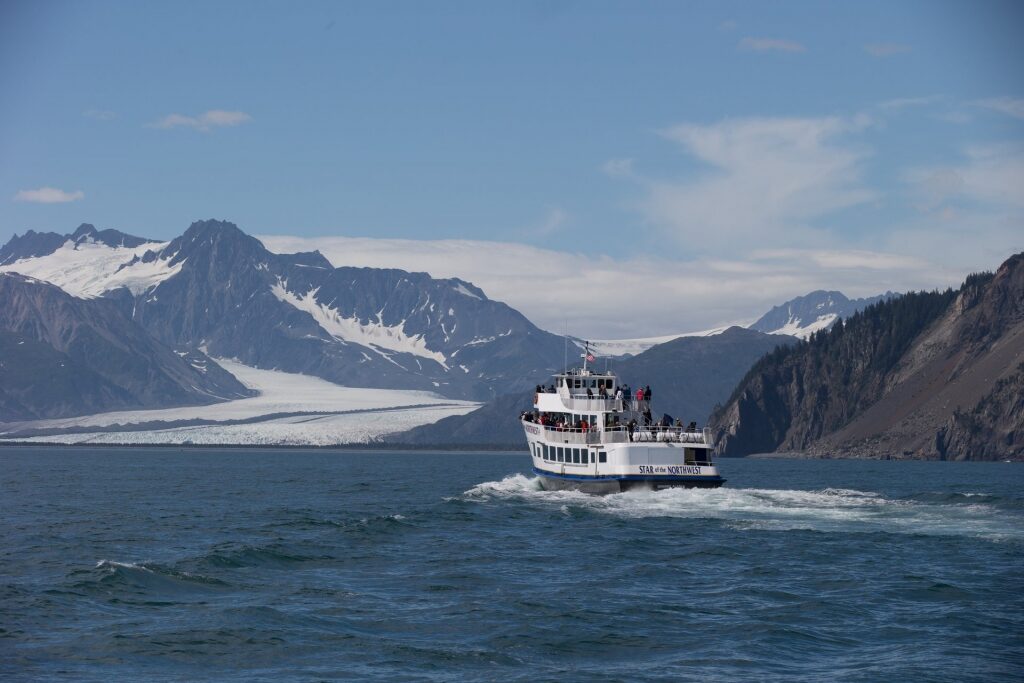
Kenai Fjords National Park in Alaska, USA
The U.S. national park system is often referred to as “America’s best idea,” and its brilliance is on full display in the state of Alaska, where you’ll find eight national parks—only the state of California has more.
With massive glaciers, floating icebergs, sparkling waters, and a dense verdant forest, Kenai Fjords National Park is just one among many beautiful national parks in Alaska. Here, ice, sea, and land all meet in this one special spot, and the terrain is so rugged that most of the park remains inaccessible by road—except for Exit Glacier, one of the park’s most popular attractions.
As such, it’s much easier to travel through the park on the water. Most sightseeing cruises depart from Seward (a historic town worth exploring on its own for a day) and sail past the park’s glaciers and coastline. Don’t forget to bring your binoculars as there’s a good chance of spotting dolphins, sea lions, humpbacks whales, orcas, and dozens of species of aquatic birds along the way.
Read: Alaska Whale-Watching Cruise: Everything You Need To Know
5: Thingvellir National Park, Iceland
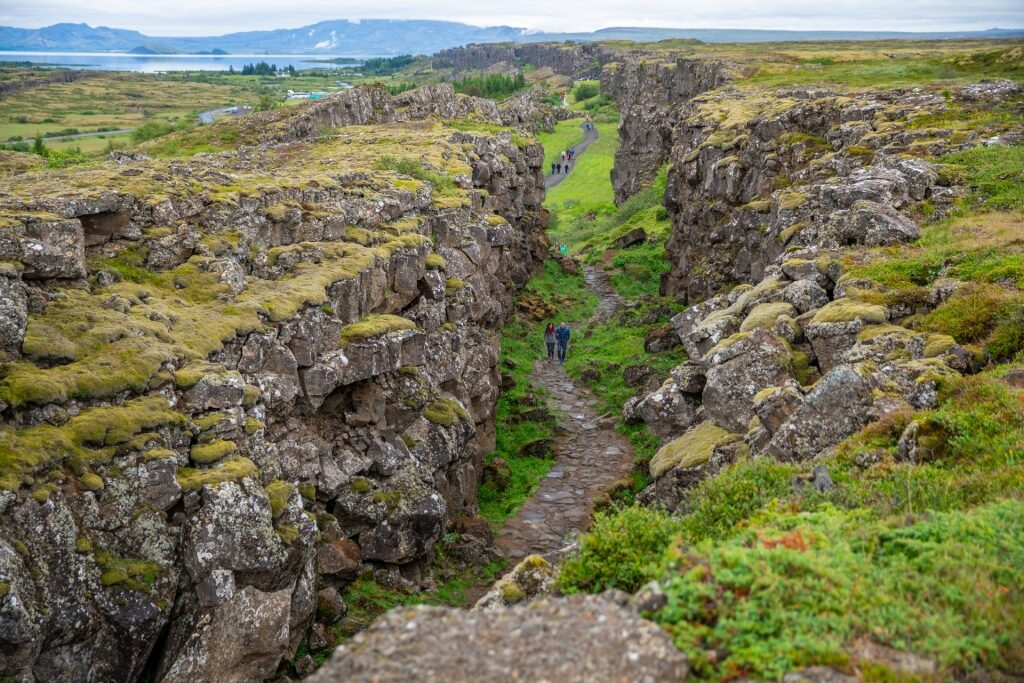
Thingvellir National Park, Iceland
Most of Iceland’s terrain features massive waterfalls, millennia-old moss-covered mountains, and small towns with colorful buildings dotted along the coastal cliffs. And while any of Iceland’s four parks could top a list of the best national parks in the world, Thingvellir is one of its greatest geological wonders with some of Iceland’s best natural attractions on display.
Situated about a 45-minute drive from Reykjavik, Thingvellir National Park is mostly known for its unique location in a rift between the North American and Eurasian tectonic plates. The park’s dramatic landscapes include volcanic fields, glacial springs, and verdant valleys making it one of the most beautiful places in Iceland.
Explore the geological attraction of the Silfra Fissure by snorkeling or walking along the rift, and enjoy the once-in-a-lifetime opportunity to touch two tectonic plates simultaneously. Or hike through the park’s green gorges and around ancient magma fields.
There’s also a visitor’s center where you can learn about Thingvellir’s history as a major government site, one of Iceland’s first churches, and Thingvallavatn, the largest natural lake in the country.
6: Hawaii Volcanoes National Park, Hilo, Hawaii, USA
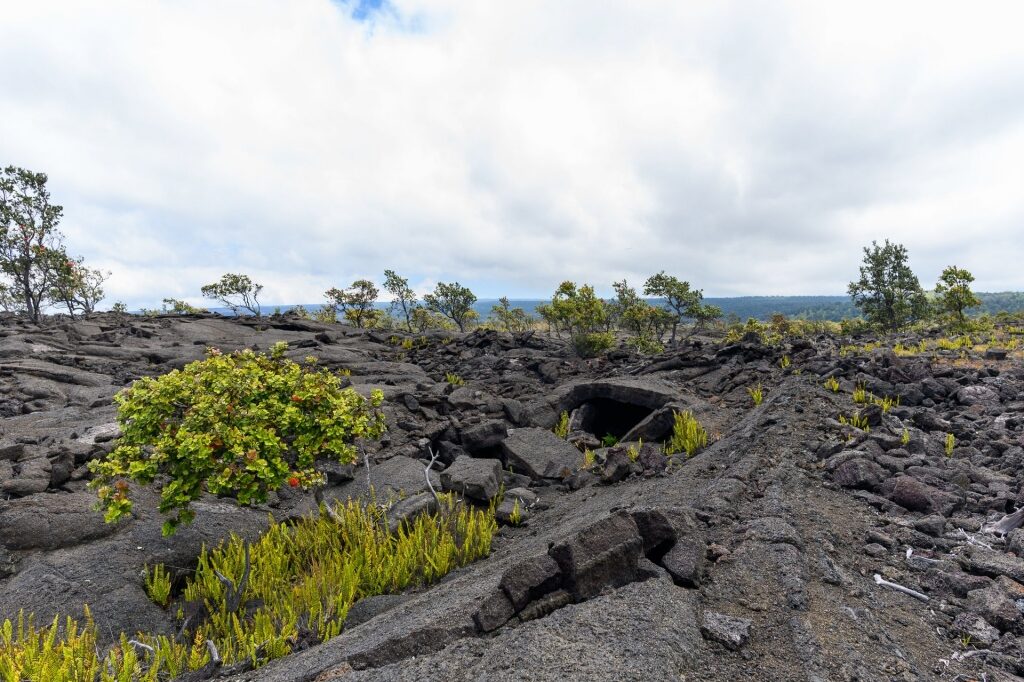
Hawaii Volcanoes National Park in Hilo, Hawaii
Hawaii Volcanoes National Park in Hilo is home to not one but two active volcanoes: Kīlauea and Mauna Loa. Dry lava formed much of the park’s terrain, and when the volcanoes erupt, they draw quite the crowd to the park. (It’s usually a slow leak, not an explosion.)
If you’re visiting during an active eruption, make sure to stay on the marked trails since the lava can be hot enough to melt your shoes. The park features many short hikes and driving routes, as well as a large visitor’s center and frequent public events relating to Hawaii’s culture and geology.
7: Sage Mountain National Park, Tortola, British Virgin Islands
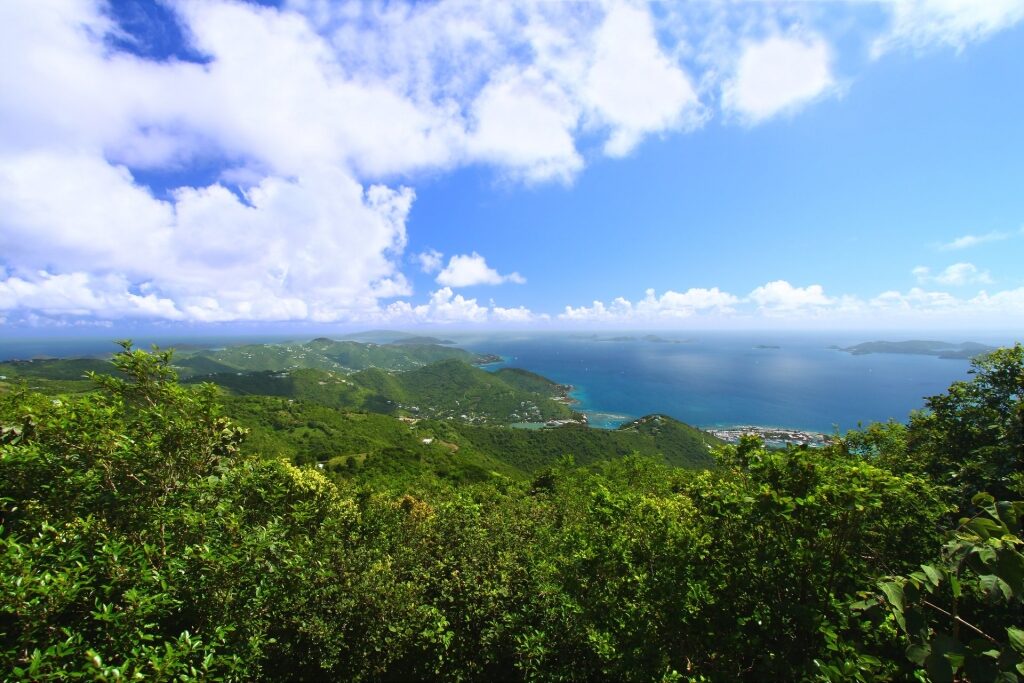
Sage Mountain National Park in Tortola, British Virgin Islands
The British Virgin Islands may not be the first place you think of for hiking, but Sage Mountain National Park is the exception to that rule. It was the first national park in the B.V.I.s and its crown jewel is the eponymous Mount Sage, which rises just over 1,700 feet above sea level.
Fortunately, the trailhead starts fairly high above sea level, so you’ll only need to climb about 420 feet over a 2.5-mile-long trail to reach the summit. Since it’s the highest point in both the U.S. and British Virgin Islands, you’d be hard-pressed to find better views than those from the peak. At 86 acres, the park is small by national park standards, allowing you to see most of it in a day.
8: Banff National Park, Alberta, Canada
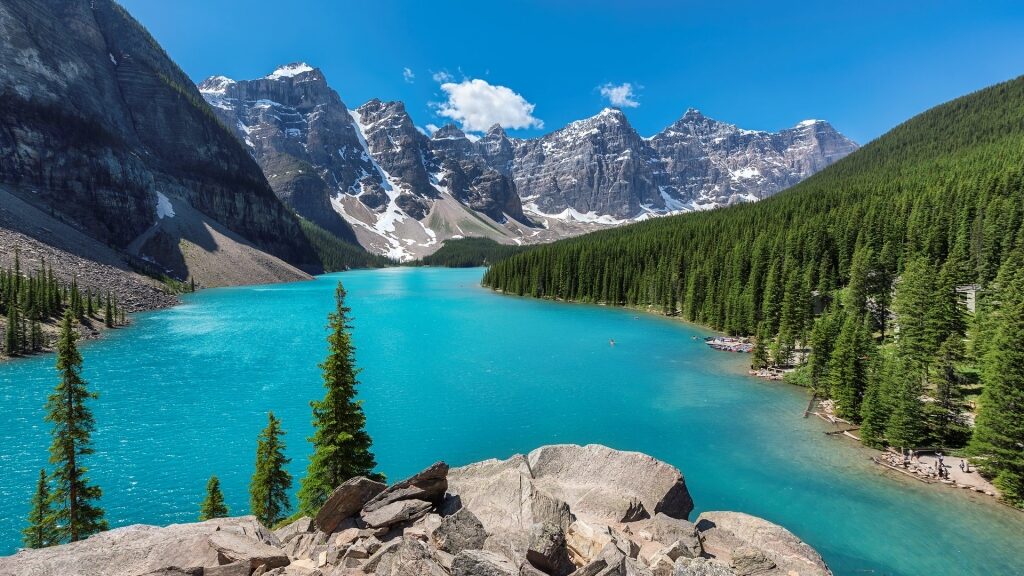
Banff National Park in Alberta, Canada
You could argue that no place displays the beauty of the Canadian Rockies better than Banff National Park, a spectacular destination anchored by the walkable mountain town of Banff that is located 90 minutes west of Calgary. It was the first national park in Canada and is considered by many to be the most appealing in the country.
While in Banff National Park spend some time soaking in the Banff Upper Hot Springs, one of the best hot springs in the world. Discovered by miners in the 1880s, the springs were once a luxury resort that touted the benefits of sulphuric water.
If you’re not up for a soak, you can ride the glass-enclosed gondola to the top of Sulphur Mountain, where there are hiking trails, an interactive museum, restaurants, and a ridgeline boardwalk looking down on the town.
Numerous other outdoor activities are available at this sprawling park, including hiking, mountain biking, bear photography tours, spelunking, and ice climbing. Don’t miss the hike up to a 100-year-old teahouse that overlooks the unbelievably turquoise Lake Louise.
9: Hakone National Park, Japan
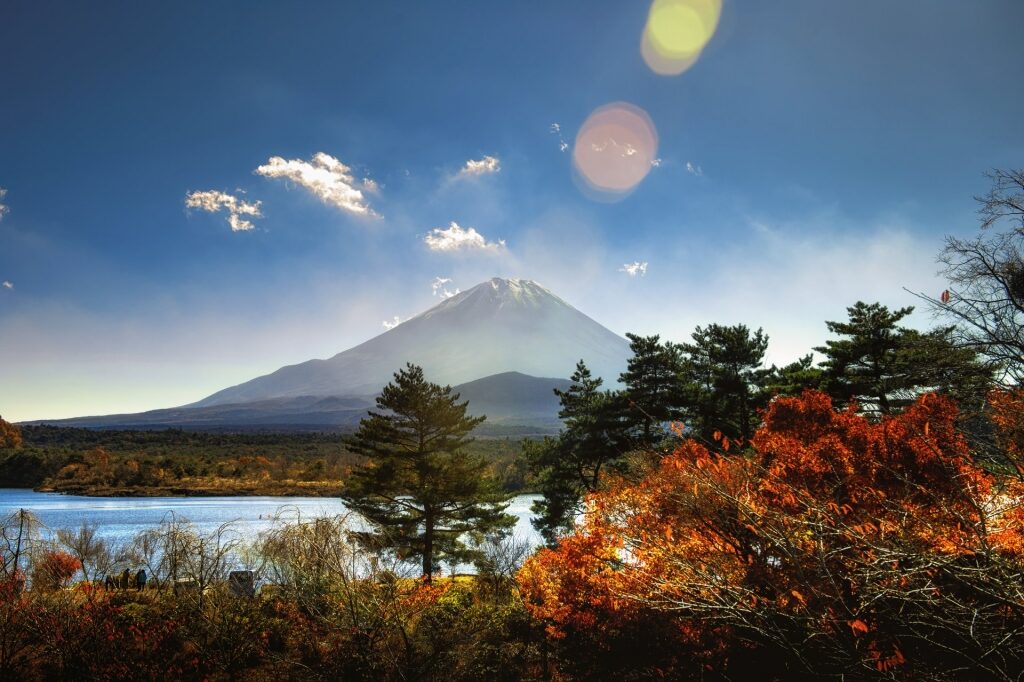
Hakone National Park, Japan
Mt. Fuji is one of Japan’s most enduring symbols. But the area surrounding Mt. Fuji, known as Hakone National Park, is just as fascinating. Formally called Fuji-Hakone-Izu National Park, the park covers sweeping forests, multiple lakes, hot springs, and islands off the southern coast.
Fall in Japan is one of the best times to hike to Shiraito Falls, wander through the massive trees in the Amagi Forest, take one of several gondola ropeways to the summits, or even set sail on a sightseeing cruise on Lake Ashinoko.
10: Morne Trois Pitons National Park, Dominica
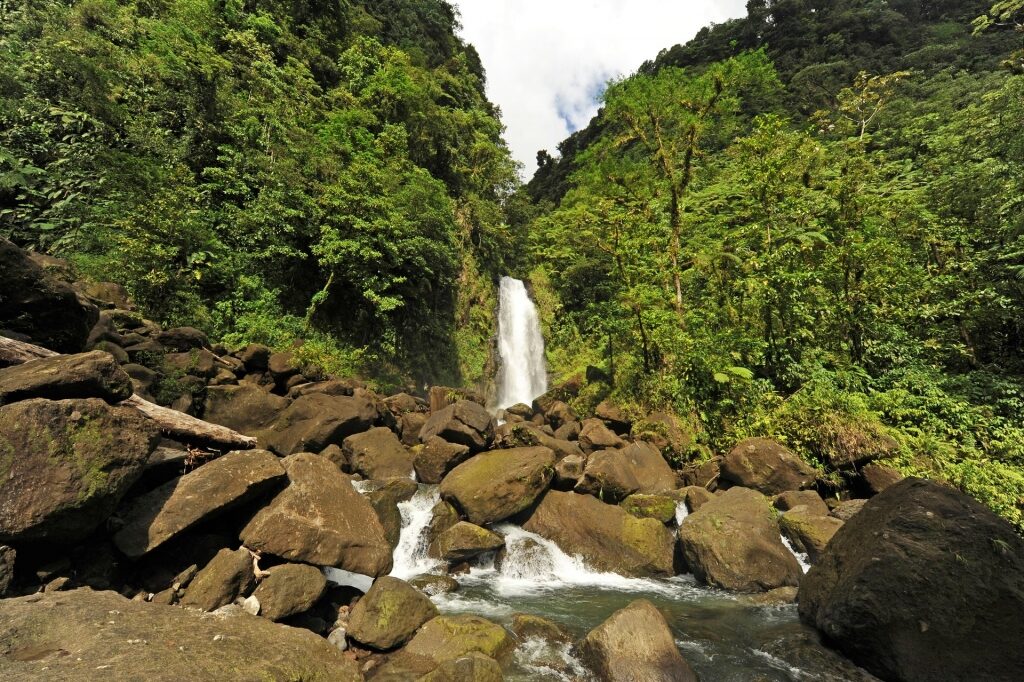
Morne Trois Pitons National Park, Dominica
Both a national park and a UNESCO World Heritage Site, Morne Trois Pitons covers roughly 10 percent of Dominica’s terrain.
Within the park, you’ll find five volcanoes (Morne Trois Pitons being the largest), 50 smoking fumaroles, and a “boiling” lake fueled by geothermal heat. Whether you’re after geysers, waterfalls, hot springs, or lakes, Morne Trois Pitons National Park has it all.
Needless to say, Morne Trois Pitons is also one of the best national parks in the world for photographers. Most of the park is dense jungle, so expect high humidity and wear shoes you won’t mind getting wet.
11: Arrecifes de Cozumel National Marine Park, Cozumel, Mexico
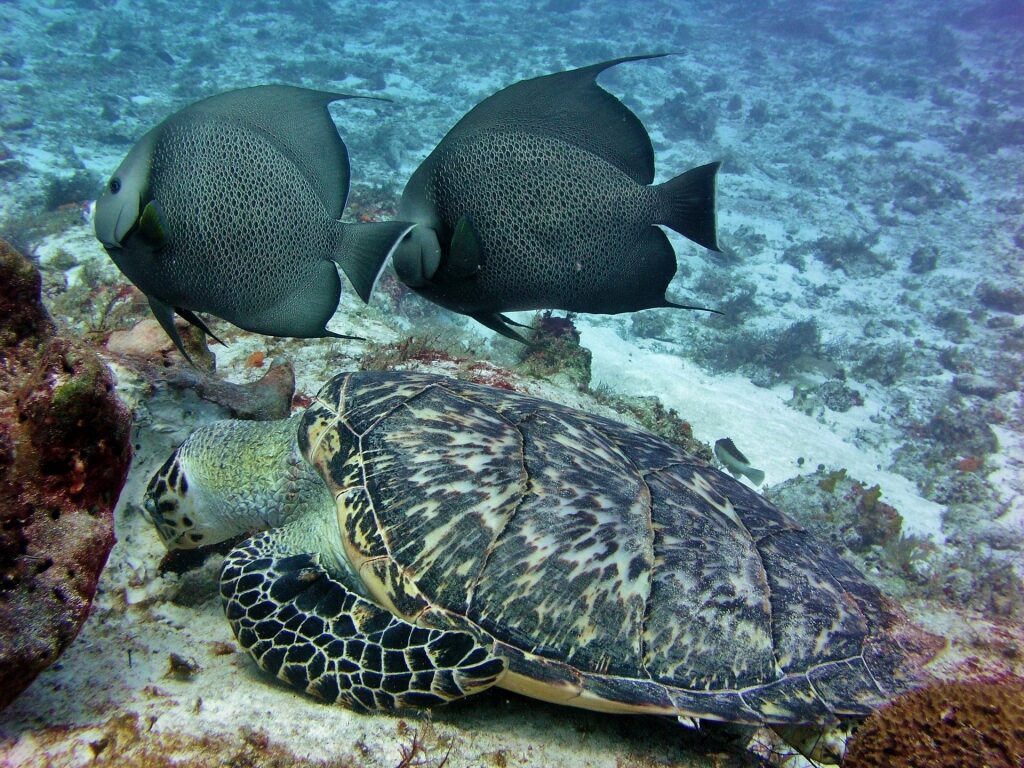
Arrecifes de Cozumel National Marine Park in Cozumel, Mexico
Arrecifes de Cozumel proves that some of the best national parks in the world are entirely underwater. That’s good news for snorkelers and scuba divers, who will be treated to some of the clearest water and highest diversity of marine life when they dive into Mexico’s Arrecifes de Cozumel National Park.
The park protects the reefs around Cozumel’s southwest coast, which is the northernmost point of the Meso-American Reef, the second-longest coral reef in the world. Strict regulations in the area regarding fishing and tourism have kept the reef healthy and more than 1,000 marine species call it home.
Several established sites within the park give divers and snorkelers a chance to see shipwrecks, healthy reefs, steep coral-covered walls, and underwater canyons, where you may even spot manta rays or tiger and blacktip sharks.
12: Paklenica National Park, Croatia
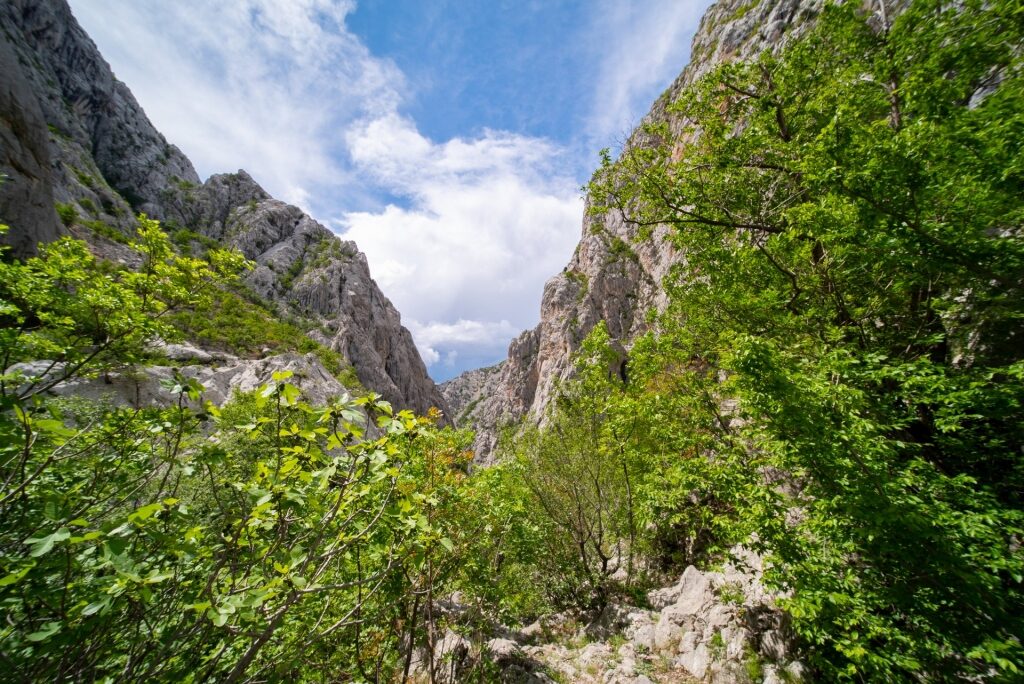
Paklenica National Park, Croatia
The dramatic terrain of Paklenica National Park in Croatia securely earns it a spot on any list of the world’s best national parks. It’s separated by two massive canyons, each home to bears, lynx, and rare birds of prey. The narrow canyons are bordered by steep limestone walls, connected by a lush canyon floor covered in life.
There are several hiking and biking trails throughout the park, and visitors can also tour the Manita Peć cave between April and October. The cave’s main chamber is more than 100 feet tall and stalactites are still being formed by water continuously seeping through the cave.
13: Acadia National Park, Maine, USA
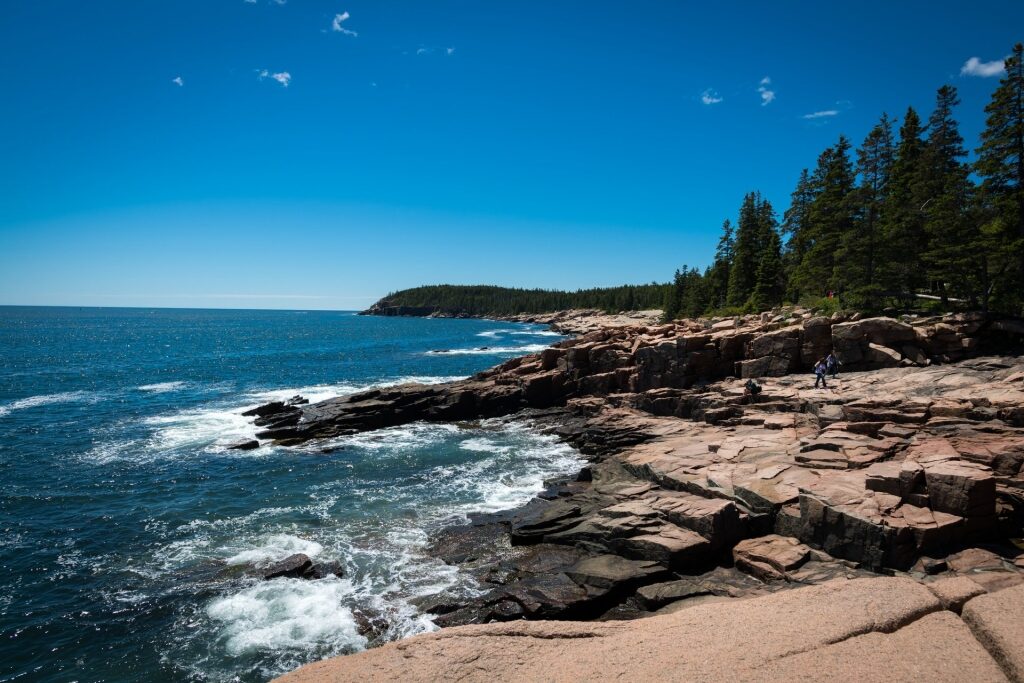
Acadia National Park in Maine, USA
Spread across more than 47,000 acres and covering almost the entirety of Mount Desert Island, Acadia National Park is one of the best national parks in the world. One of the park’s main draws is that it’s the first point in the U.S. to witness the sunrise each morning.
Hikers who want to catch the sunrise before anyone else should take the North or South Cadillac Mountain trail. While hiking is always a popular activity, the park also has several carriage and driving tours past historical sites and famous bridges, as well as seal and whale-watching cruises along the coast and ample opportunities for leisurely tide-pooling walks along the beach.
The park is just minutes away from Bar Harbor, a charming coastal town with enough homemade ice cream shops and sailing charters to keep even the pickiest of travelers happy.
14: Tijuca National Park, Brazil
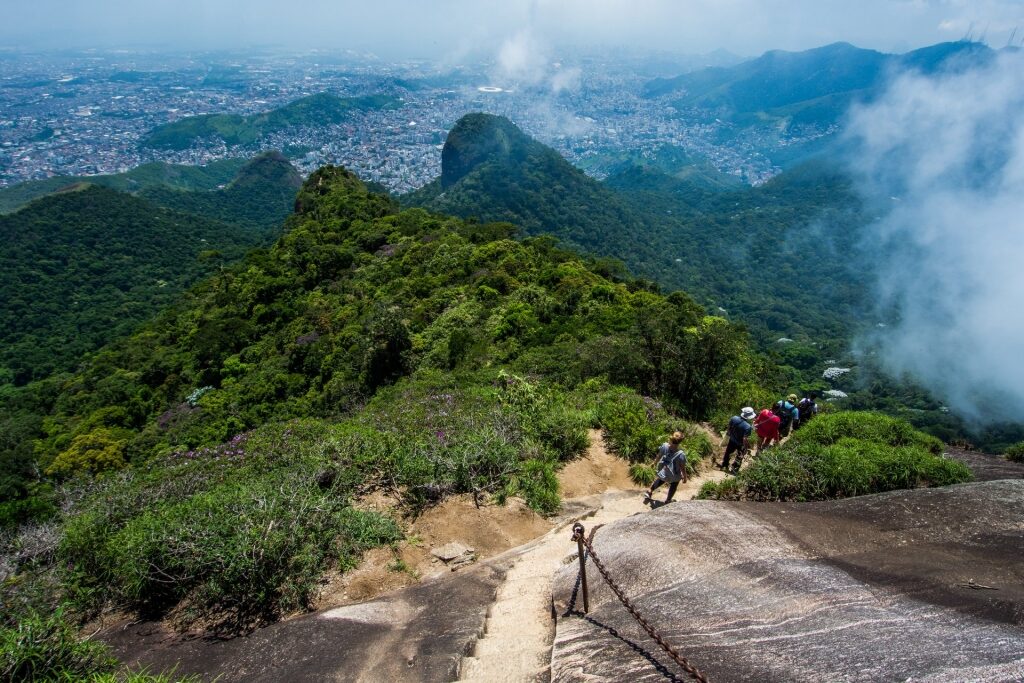
Tijuca National Park, Brazil
This park in downtown Rio de Janeiro is one of the best urban national parks in the world. It’s an 8,300-acre rainforest with 1,600 plant species and more than 300 species of birds, mammals, and reptiles. It’s also within walking distance from downtown Rio, making it easy to explore on your own, even if you only have a few hours.
The park is home to the famous Christ the Redeemer statue that Brazil is known for, which you can reach if you’re willing to go on the steep 2.7-mile trek to the top. Otherwise, book your ticket on the Corcovado Rack Railway, which carries passengers through the jungle. It takes about 20 minutes each way—just make sure you book your tickets in advance. You can also take the railway up and hike back down (or vice-versa, for more active travelers).
15: Arrábida National Park, Portugal
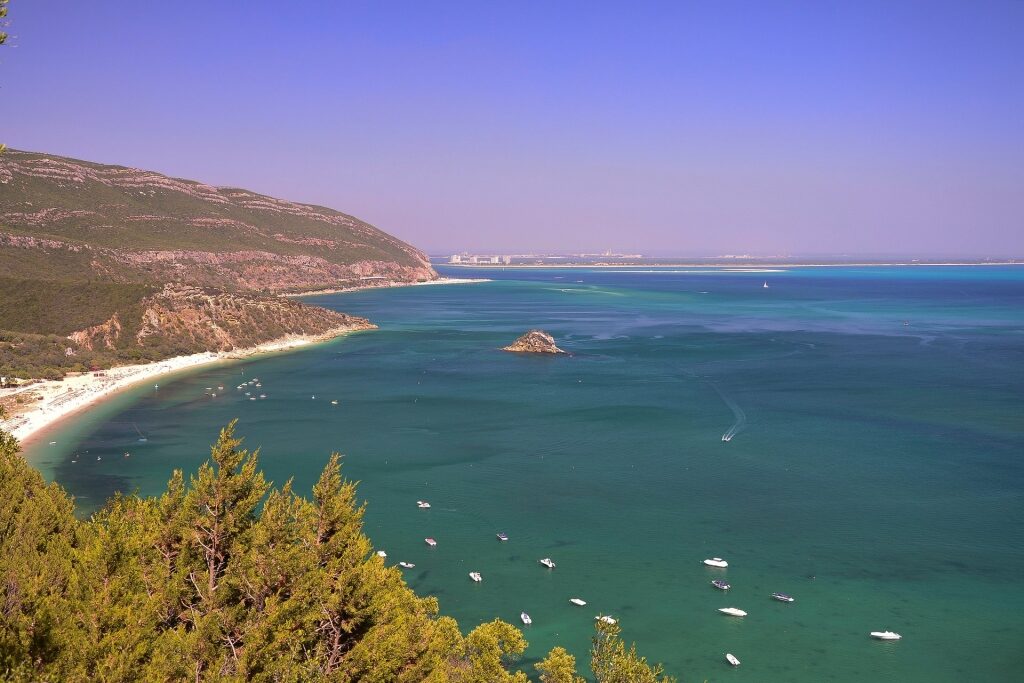
Arrábida National Park, Portugal
If you’re craving a little beach time while in Lisbon, head to Arrábida National Park. In less than an hour, you can be sitting in the sun in the cove of Galapos Beach or setting up your beach towel and chair outside the cafes by Figueirinha Beach.
If you find yourself tired of sitting out in the sun, explore a 16th-century monastery, head out on a cliffside walk, or explore Pedra da Mua, a small paleontological site with dinosaur fossils and footprints.
16: Tierra del Fuego National Park, Argentina (Patagonia)
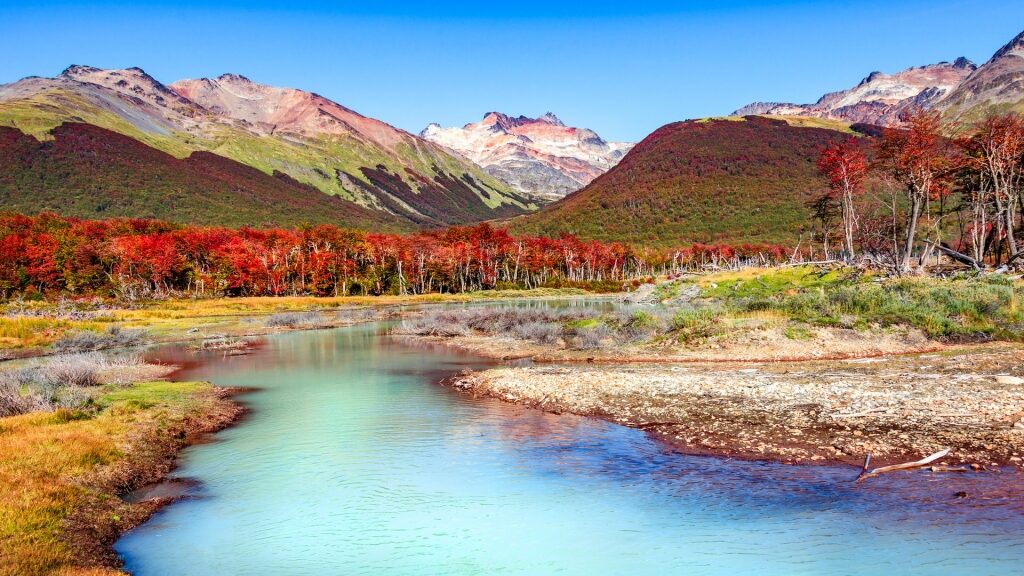
Tierra del Fuego National Park, Argentina
Located in southern Argentina, close to Ushuaia, Tierra del Fuego is undoubtedly South America’s most popular park. A microcosm of greater Patagonia, Tierra del Fuego is perfect for sightseeing the waterfalls, jagged peaks, green valleys, and curling rivers that define the region.
There’s extreme weather year-round, so come prepared if you want to set off on a bird-watching hike or Patagonian wildlife cruise. If you don’t feel like putting in the miles on foot, you may want to hitch a ride on the “End of World Train,” a daily running trek that takes you from Ushuaia to the park and back.
17: Timanfaya National Park, Lanzarote, Canary Islands, Spain
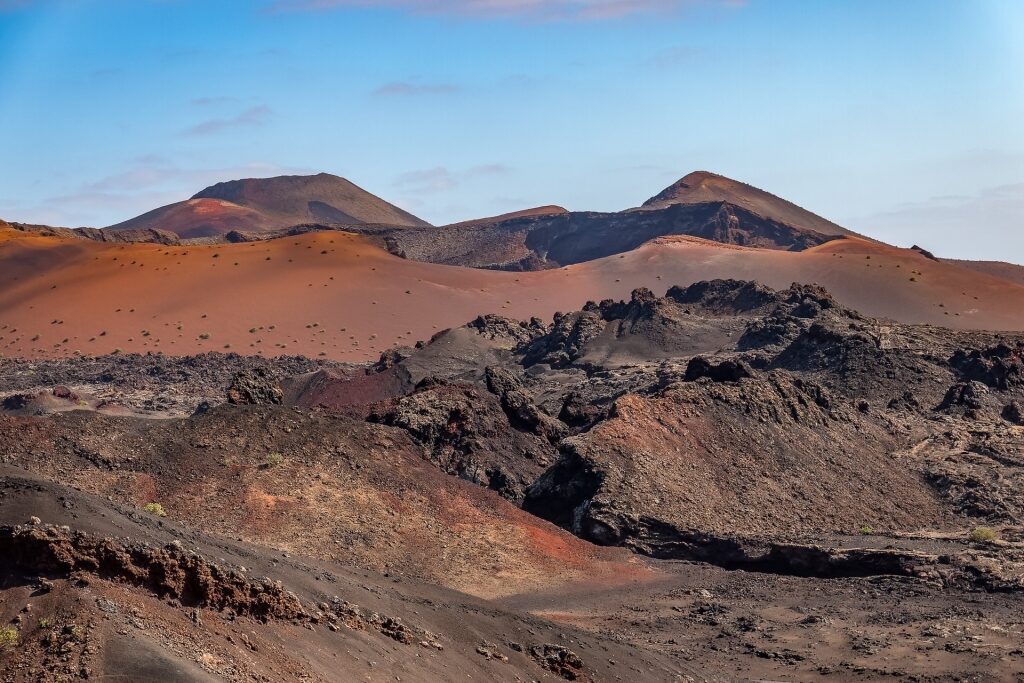
Timanfaya National Park in Lanzarote, Canary Islands
Many of the world’s best national parks are known for their sweeping green mountainscapes and lush valleys. However, Timanfaya in Lanzarote is the perfect opposite, as much of its dune-like terrain is in red and orange hues that resulted from volcanic eruptions in the 1700s and 1800s.
Much of the park is barren and jagged, which can create an otherworldly-like experience. If you’re looking for unique places to visit in Europe, this is the one—it’s probably the closest you’ll come to feeling like an astronaut on Earth. But fortunately, you won’t need a spacesuit during your visit, instead, you’ll likely want to pack good walking shoes and plenty of water for your day at Timanfaya.
18: Daintree National Park, Queensland, Australia
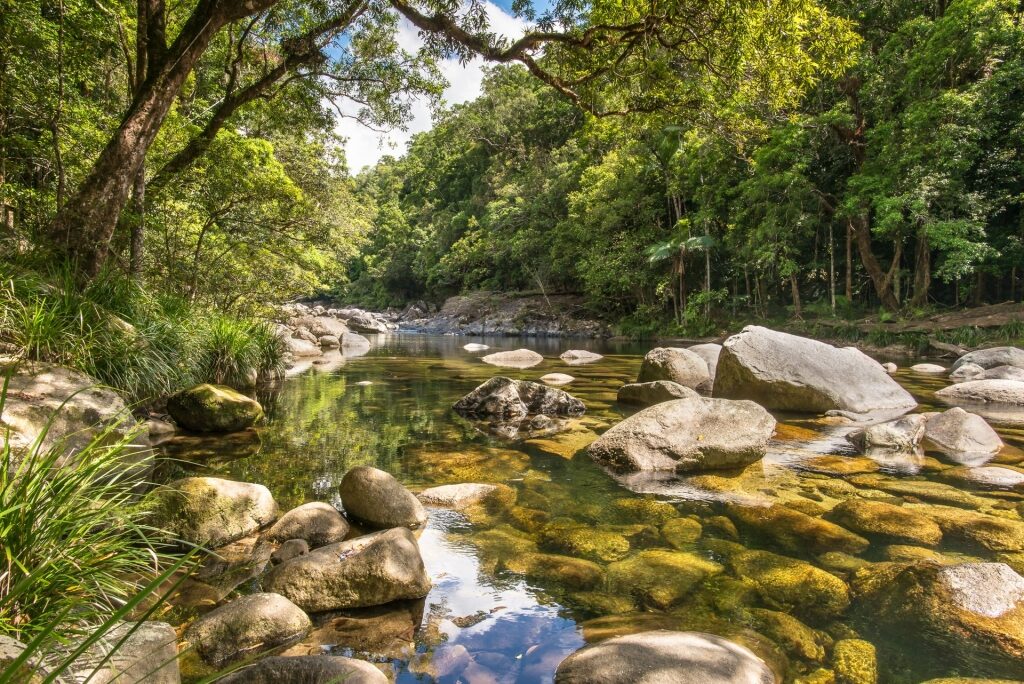
Daintree National Park in Queensland, Australia
Once the homeland of the Aboriginal Eastern Kuku Yalanji tribe, Daintree is one of Australia’s most-loved national parks. Nature-focused activities are the park’s main draw, as it features both rainforest and reefs.
Within Daintree, you can snorkel on the Great Barrier Reef, take an eco-cruise along the park’s waterways and see rare animals, take a nighttime rainforest walking tour, stop by the Bat House rehabilitation center, or walk to Mossman Gorge with an indigenous guide. It’s best to reserve any ticketed activities in advance of your arrival if you plan on visiting during the weekend.
19: Carara National Park, Costa Rica
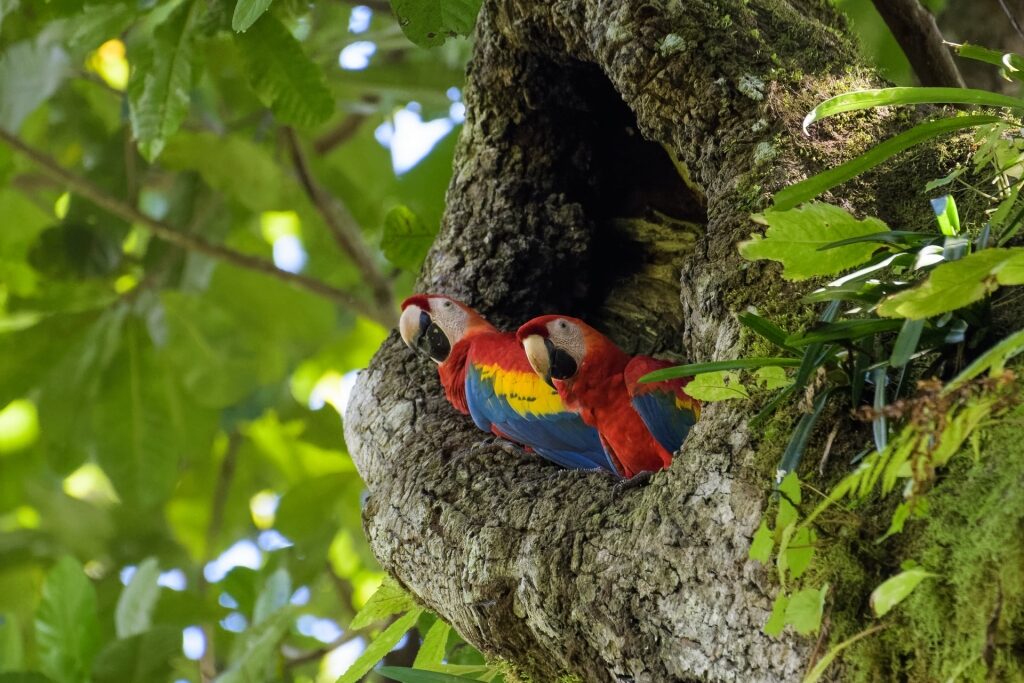
Carara National Park, Costa Rica
If you’re not keen on long hikes or prefer accessible and flatter trails, Carara National Park in Costa Rica is the one for you. Not only is it one of the best national parks in the world to view wildlife, Carara also features easy trails surrounded by areas of dense wildlife, where you’re likely to see scarlet macaws, monkeys, and 15-foot-long crocodiles sunning themselves on the shore.
With a little luck, you may even spot rarer species like sloths, anteaters, or bug-eyed kinkajou, which look like light-brown raccoons with big ears. Sign up for a morning bird-watching walk to maximize your chances of spotting many different species.
20: Fiordland National Park, New Zealand
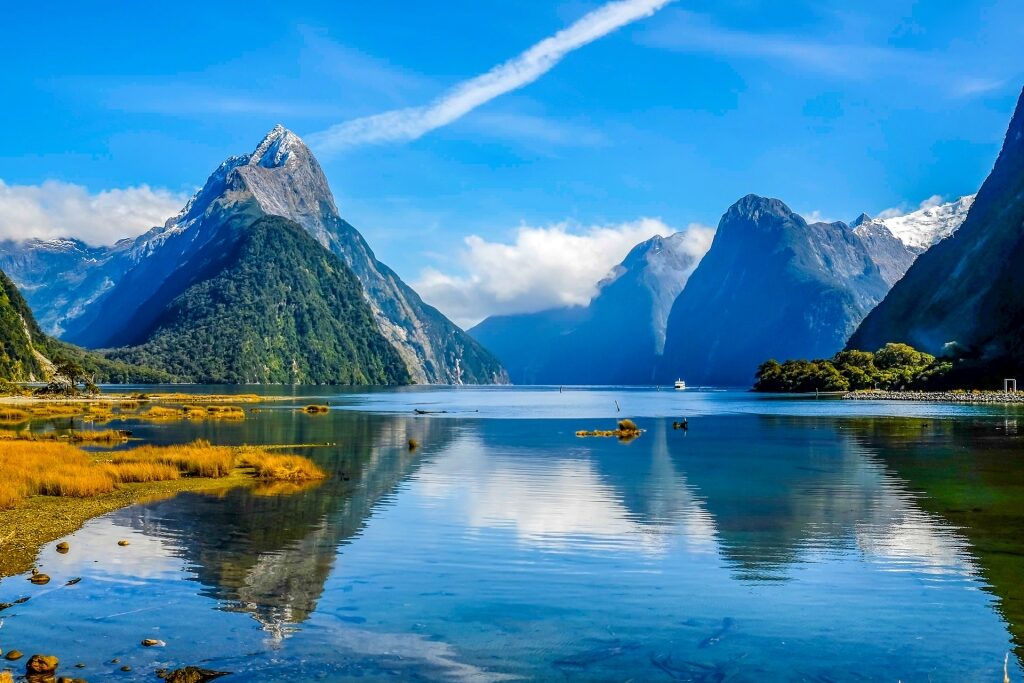
Fiordland National Park, New Zealand
No part of the country captures New Zealand’s unique landscapes more than Fiordland National Park. Sail down its magnificent fjords and admire the narrow, glacier-carved canyons that surround you. The most beautiful part of the park is the Milford Sound, a nine-mile-long ocean inlet.
The best way to admire Milford Sound’s unique beauty is from the deck of a ship, especially if you want the best views of the sound’s iconic sights, like the 5,000-foot-tall Mitre Peak or Lady Elizabeth Bowen Falls.
The latter is more than 500 feet tall and looks like it’s spilling water from the national park’s cliffs directly into the sound. Consider using a multi-exposure setting on your camera to capture a shot of the water flowing. If you’re lucky, you may even see fur seals or Fiordland crested penguins as you cruise along the shoreline.
21: Vatnajokull National Park, Iceland
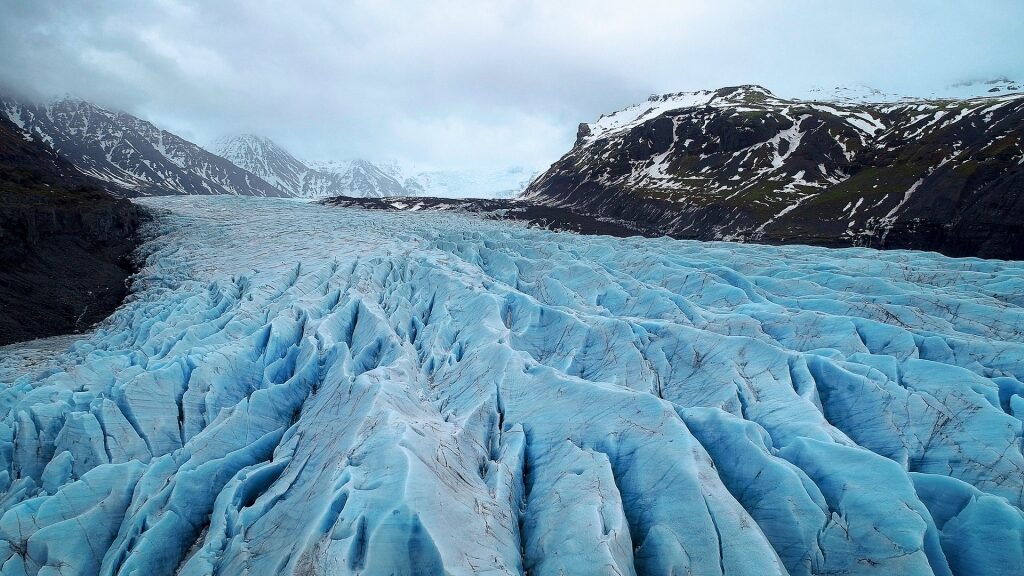
Vatnajokull National Park, Iceland
Strap on a helmet and descend into the Vatnajokull Ice Caves, located in Iceland’s Vatnajokull National Park, where you can marvel at unbelievably blue and shimmery cave walls made from clean glaciers.
Trips down the cave are only available through private tours, therefore try and book one that combines a stop at Vatnajokull Ice Caves with one of the park’s other natural attractions, like the Jokulsarlon Glacier Lagoon Svartifoss Waterfall.
Read: 14 Extraordinary Waterfalls in Iceland
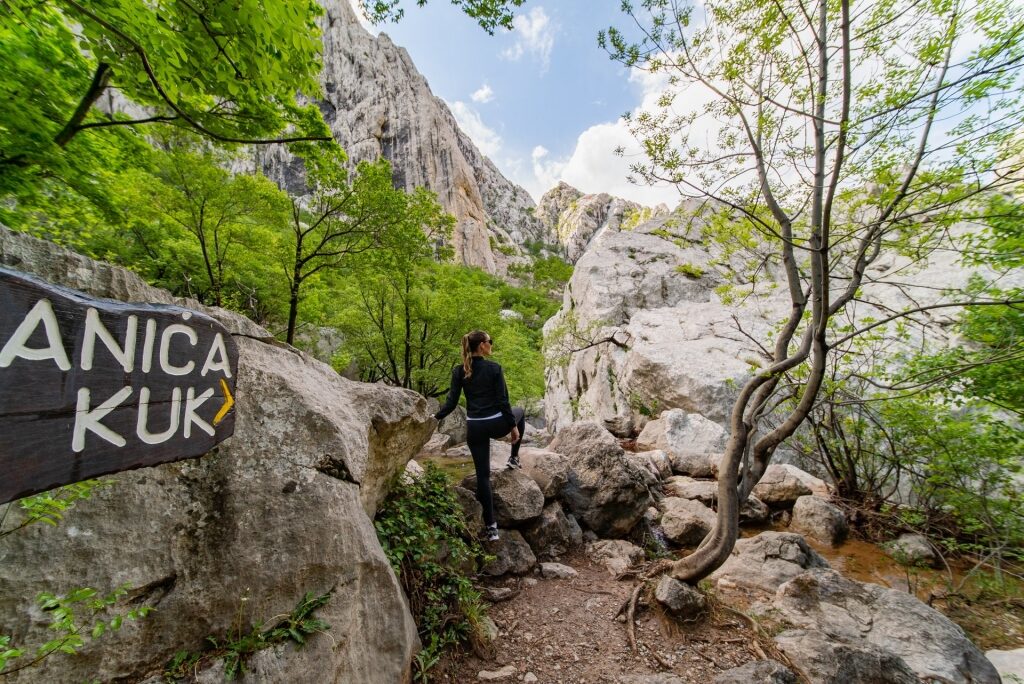
Paklenica National Park, Croatia
Now that you know all about the world’s best national parks, start planning your next adventure vacation today. On a cruise with Celebrity Cruises, you can explore stunning national parks and natural attractions. Browse itineraries on our website and book an unforgettable vacation today.



